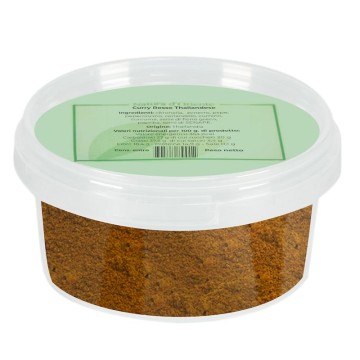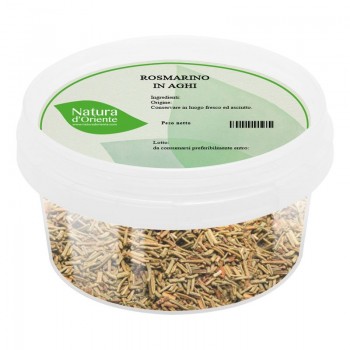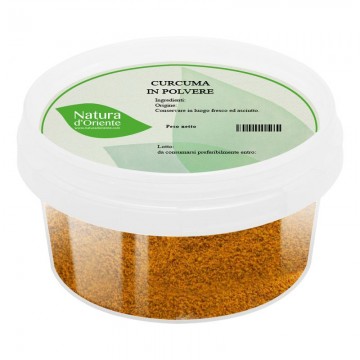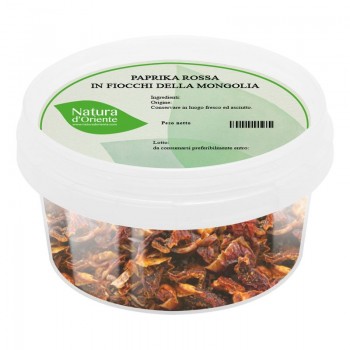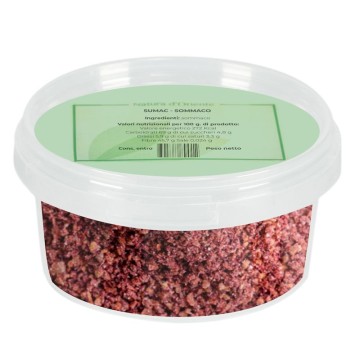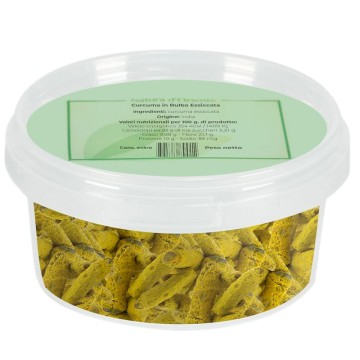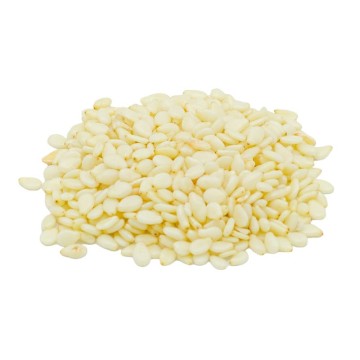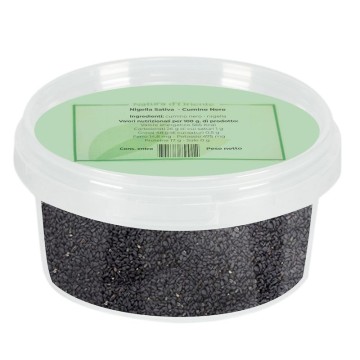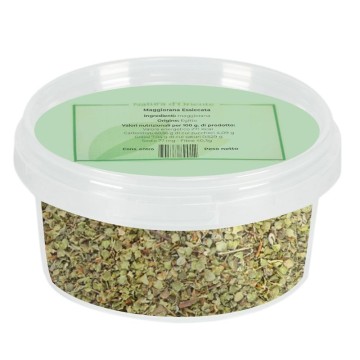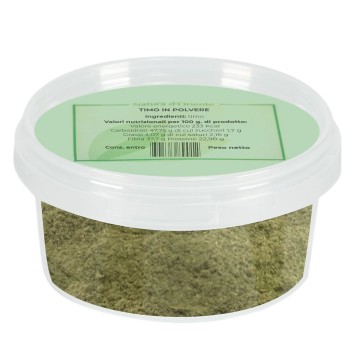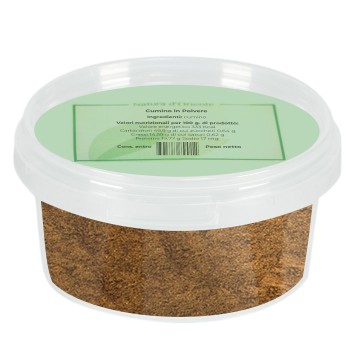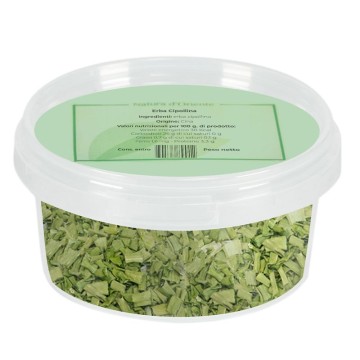Laurel leaves, or Laurel, are a gastronomic ingredient that flavors various dishes, but they also have various herbal qualities.
From the point of view of infusion benefits, laurel has useful qualities known since ancient times. Throughout history, infusions with bay leaves were reserved for aiding digestion, aiding the elimination of intestinal gas. It helps digestive function by relieving stomach pain and some symptoms of indigestion such as flatulence, bloating, constipation.
Infusions of bay leaves can help strengthen the action against stuffy nose, phlegm and excess mucus. The leaves contain essential oil, the main component of which is cineole, which together with geraniol and eucalyptol promotes these balsamic properties. In addition, bay leaf infusion can stimulate sweating. We know that bay leaves contain vitamins and polyphenols, flavonoids, phenolic acids; antioxidants that help well-being with an anti-aging function. Furthermore, it releases mineral salts and only a minimum of calories to foods.
From an aesthetic point of view, laurel leaves are used for the well-being of the hair, rubbing the infusion of the leaves on the scalp to promote purification and avoid dryness, which leads to dandruff.
Remember that taken as an aromatic infusion or as a spice in cooking, bay leaves should not be consumed raw or in large quantities - it is difficult to chew and digest.</ p> <h2style="text-align: justify;">Origins and history of cultivation
The original laurel plant is Laurus nobilis, an evergreen that belongs to the Lauraceae family. Also called sweet laurel or Turkish laurel, it is a plant native to Asia Minor and particularly widespread in the Mediterranean. Branches with oval, shiny, intense green, hard and fragrant leaves arise from the shrub.
Over the centuries it has been cultivated almost all over the world, and today there are several species of the laurel family, all with a similar flavour.
The most common varieties of laurel are the Turkish laurel Laurus nobilis, with long and oval leaves, and the Californian laurel, with long and narrow leaves (it is another Umbellularia californica tree).
Its cultivation dates back to the most remote times, and we know from a long tradition that laurel leaves formed the crowns on the heads of victorious athletes in ancient Greece. Even poets in classical Roman culture - it was a plant sacred to Apollo.
In the Middle Ages, the healthy properties of bay leaves also began to be appreciated, used in the medical field for digestion, the respiratory tract and the skin. Furthermore, it was used for its repellent qualities - the lauric acid contained in the leaves repels insects and parasites. Today, inhalation of bay essential oil is used in aromatherapy to promote energy and strength. From the point of view of availability, the leaves are available fresh but, being perishable, dried bay leaves or powdered ones are usually used.
Using bay leaves in cooking
If used in cooking, as a spice, bay leaves are particularly appreciated in savory dishes such as fish, meats and roasts; as well as in soups and stews, in sauces and fillings to enhance the flavor of the ingredients. The ability of laurel to flavor first and second courses depends on its herbaceous taste, tending towards bitterness.
The leaves are delicately scented and for this reason they have also historically been used to flavor some recipes. Famous dishes with bay leaf are white meat stew, beef stew, beef or chicken marinade, as an ingredient in Thai curries.
The leaf (or leaves) is added to a dish before cooking (or during cooking according to the recipe) and removed before serving the dishes . Generally the bitter taste is not appreciated, and laurel leaves are difficult to chew and digest. Chopping the leaf is the best way to obtain the flavor and aroma benefits of laurel in cooking. Often the dried whole bay leaf version exhibits a more delicate flavor than fresh bay leaves.
Meat stew with potatoes and bay leaves
Ingredients: 500 g of veal or beef stew - 100 ml of white wine – 2 bay leaves – 250 g of potatoes – 1 carrot - Salt to taste. - 2 tablespoons of tomato puree - 1 sprig of rosemary - 500 ml of broth - extra virgin olive oil to taste
Preparation
Place a spoonful of oil in a large pan and heat it. Add the chopped meat, brown it, turning it on all sides. Pour in the wine and then add the tomato puree, the bay leaves and the rosemary sprig. Also add 3 ladles of broth and cover. Cook over low heat for about two hours, pouring more broth if the cooking juices dry out. In the meantime, peel the potatoes and cut them into medium-sized pieces. Also cut the carrot into slices.
After two hours of cooking, remove the bay leaves and rosemary, add potatoes and carrots, mixing well and adjusting the salt. If the bottom dries out again, you can add more broth, being careful not to overdo it so as not to leave the stew immersed in the sauce. Wait for the potatoes to cook, remove the pan from the heat and let it rest for about 10 minutes before serving the stew.






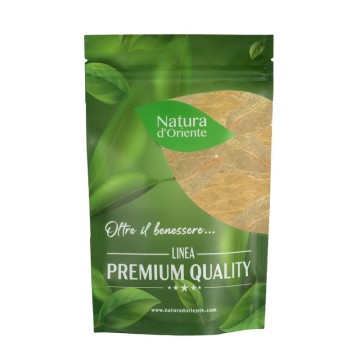




 No reward points for this product.
No reward points for this product.
